Scandinavian photographer Simen Johan, known for his flawless digital composite images, has been likened to a film director in the past. So it is fitting that the artist, represented by Yossi Milo Gallery in New York, dreamt of making movies when he was growing up. Inspired and encouraged by his step-grandfather, the American movie producer and director Rod E. Geiger, Johan went to film school in Sweden before relocating to New York in 1992 to study film at the School of Visual Arts. He switched to photography during his time there, and although Johan has made his name as a fine art photographer, it is clear filmmaking still fascinates him.
“I was attracted to filmmaking’s ability to create an immersive experience, through image, sound and motion,” says Johan. “Movies by directors such as Stanley Kubrick, David Lynch, and David Cronenberg transported me to suspenseful, strange and psychologically-charged places that didn’t merely entertain, but revealed complex truths about life, people and the world.
“Photography to me was the next best thing to filmmaking,” he continues. “I had taken photography courses in Sweden and discovered how the still image can also have considerable narrative and symbolic power, and unlike film, in photography I could do everything myself.”
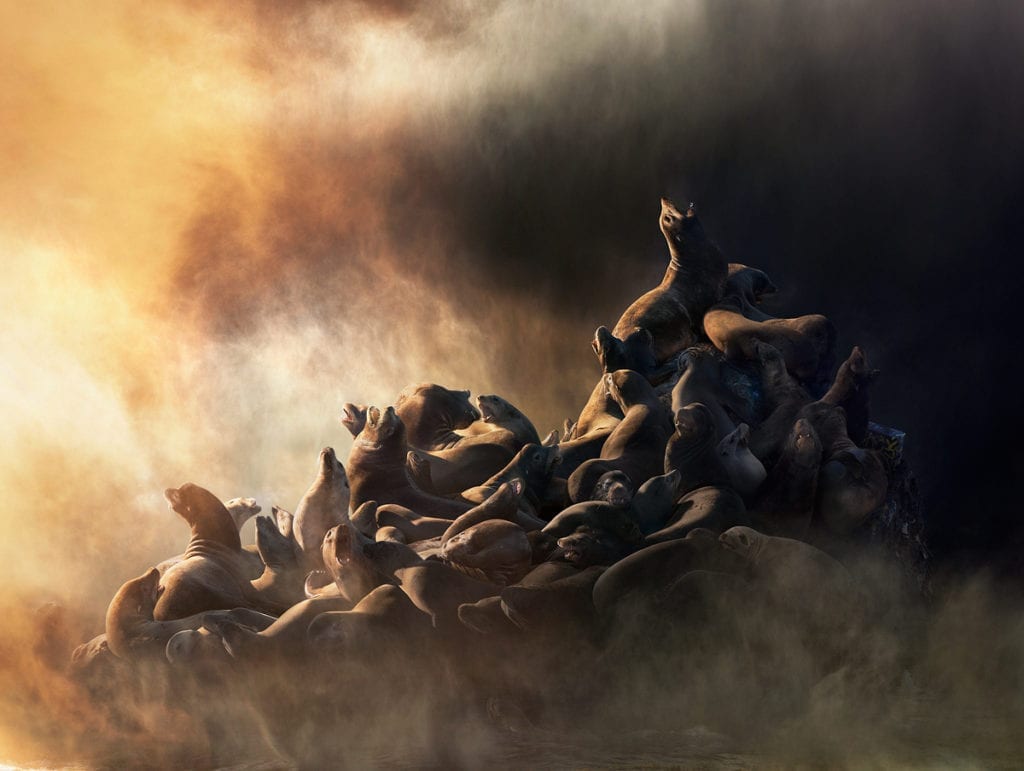
, and taught himself how to use the software to create the images he had in his mind.
“Back then there were no ‘layers’ and you only had one ‘undo’ command before the changes you made were permanent. I figured out a way to print my images inverted onto transparent film and use these ‘negatives’ to make 20×24-inch black and white prints in the darkroom. I would then sepia tone the prints to make them look old. People would be very confused as to what they were looking at because they didn’t think it was possible to alter photographs like that.”
Photoshop has come a long way since the early 1990s when Johan was starting out, and today the software is an integral part of his workflow. In one series, which he has been working on since the mid-2000s, Johan digitally creates multi-layered scenes of animals against elaborate backdrops.
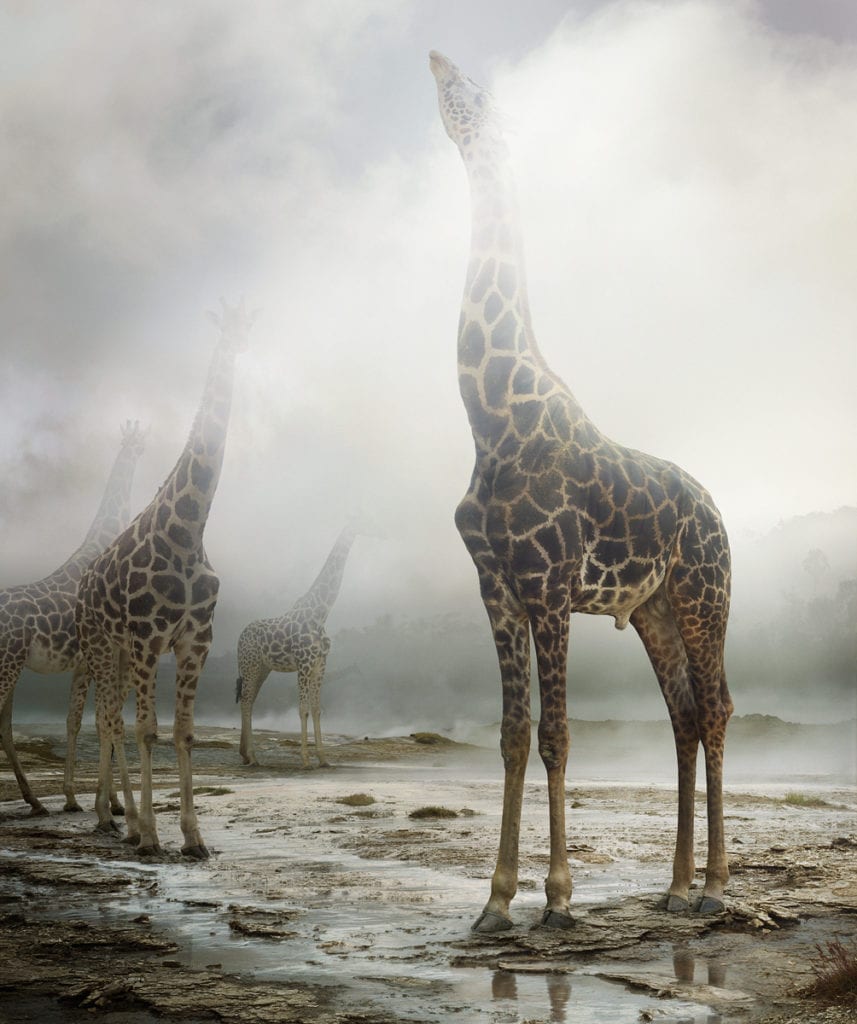
He looks for poetic and unexpected relationships between images, and endeavours to create composites that are inherently ambiguous and even contradictory – “that seem natural and artificial, for instance, or familiar and otherworldly. I like to create ambiguous images because the world is inherently ambiguous. Our very own existence in this world is simultaneously apparent and unknowable.”

flawlessly in the finished piece. Working intuitively and often taking advantage of “surprise moments”, he allows his compositions to evolve over time. Even so, he adds, “in the studio there’s room for me to structure and compose my images with purpose and conceptual intent – like a painter, sculptor or film editor does.”
Currently Johan has 40 images in progress, of which he hopes at least ten will come together for his next exhibition, although no date has been set as yet. Recently returned from Death Valley, he has images of sand dunes, mineral deposits, palm trees and even a lava desert to add to his extensive collection. For now, though, Johan is content to play with ideas and possibilities before fine-tuning his next series of images.
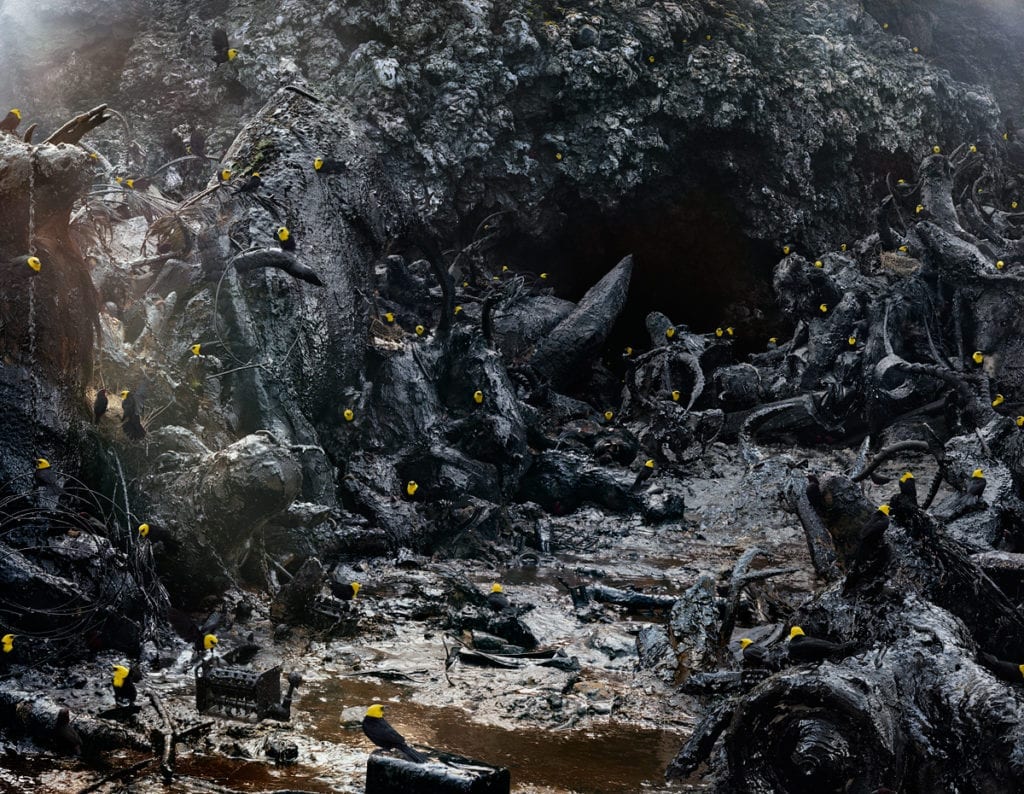
“Making art is not such a calculated process for me that there is any one thing in particular I want to convey,” he adds. “It’s more a process of experimentation, and trying to look for new, engaging ways to depict the world and the experience of being in it.”
As Johan mentions, before Adobe Photoshop and Lightroom, the art of image manipulation still existed in the darkroom, though, relatively speaking, photography was an “inflexible medium”. For Johan, and many other professional photographers, post-production software is an integral part of the modern workflow, so mastery is virtually a prerequisite of success. Visit Adobe Learn
, a resource center by Adobe providing a rich source of information that will help you create and innovate, from getting started as a beginner to refining and improving your craft and workflow as an expert.
Works from the series ‘Until the Kingdom Comes” available through Yossi Milo Gallery, New York.
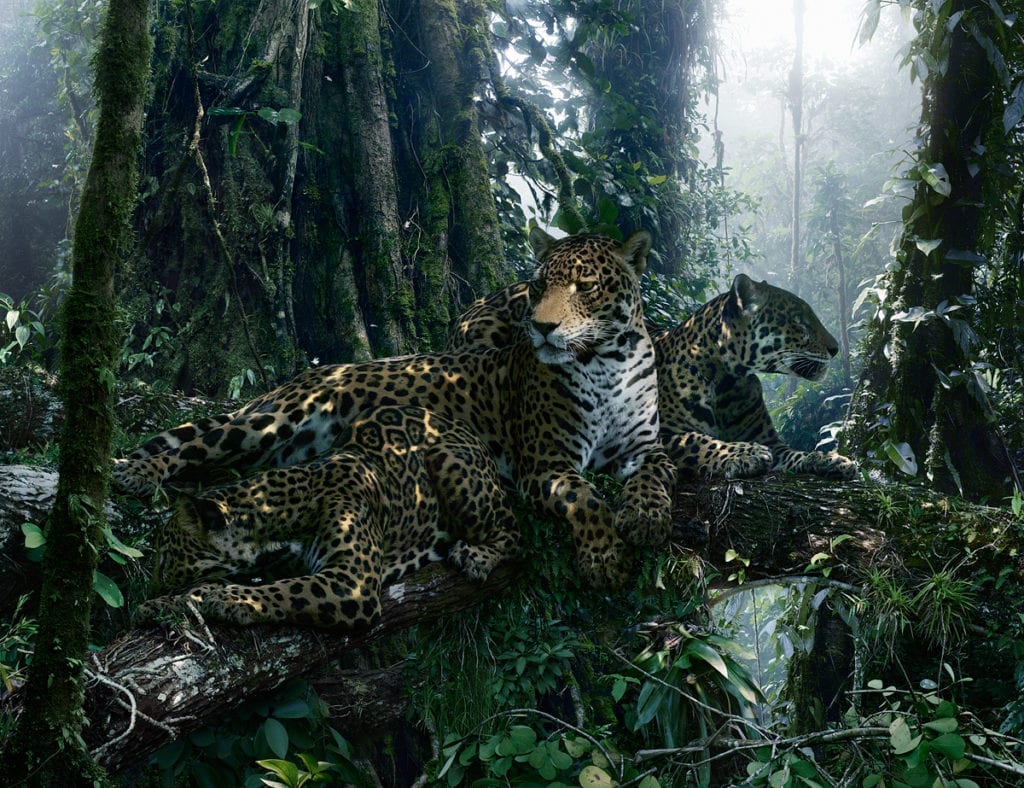
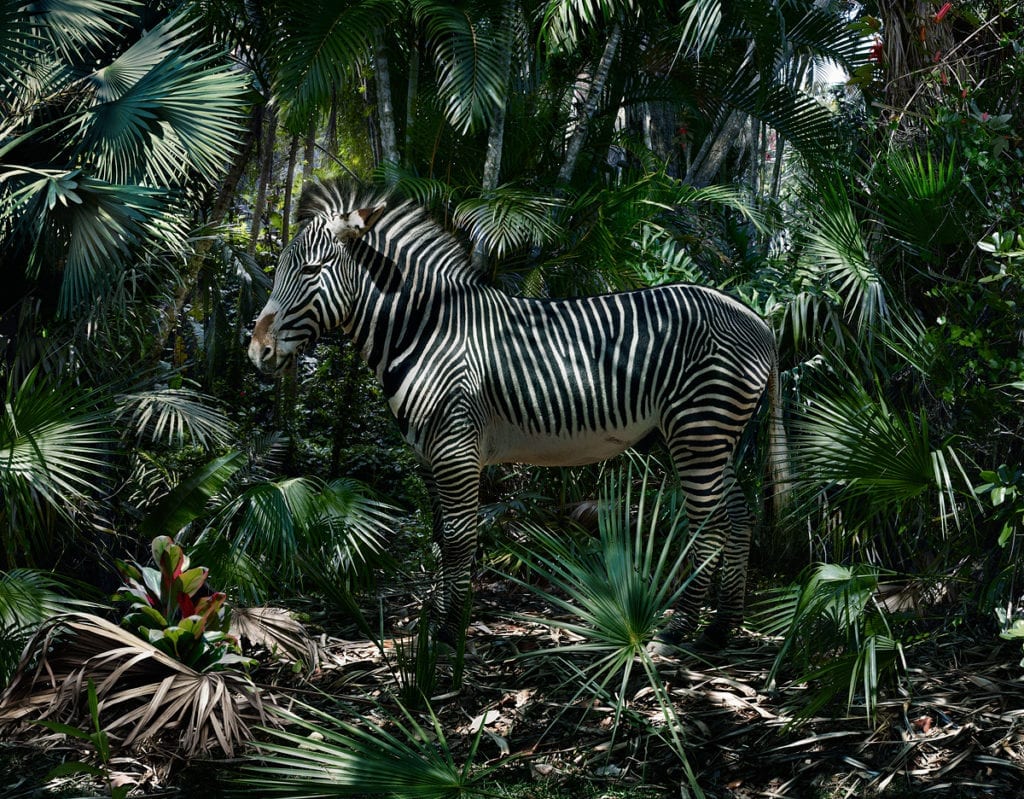
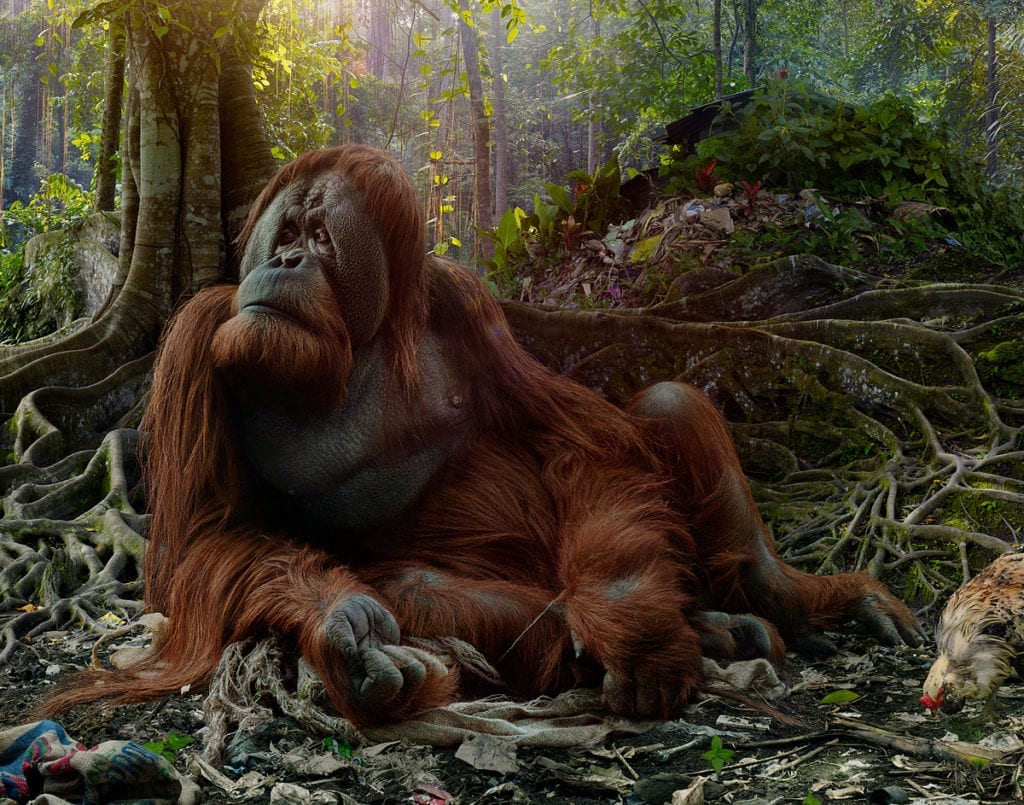
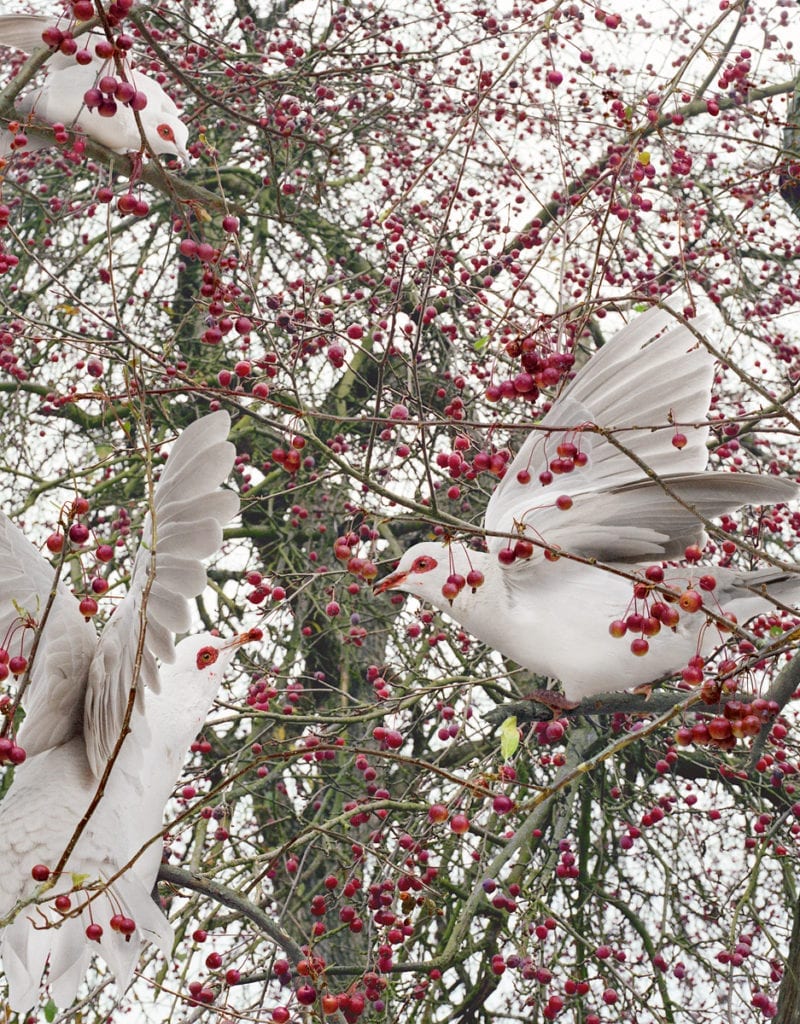

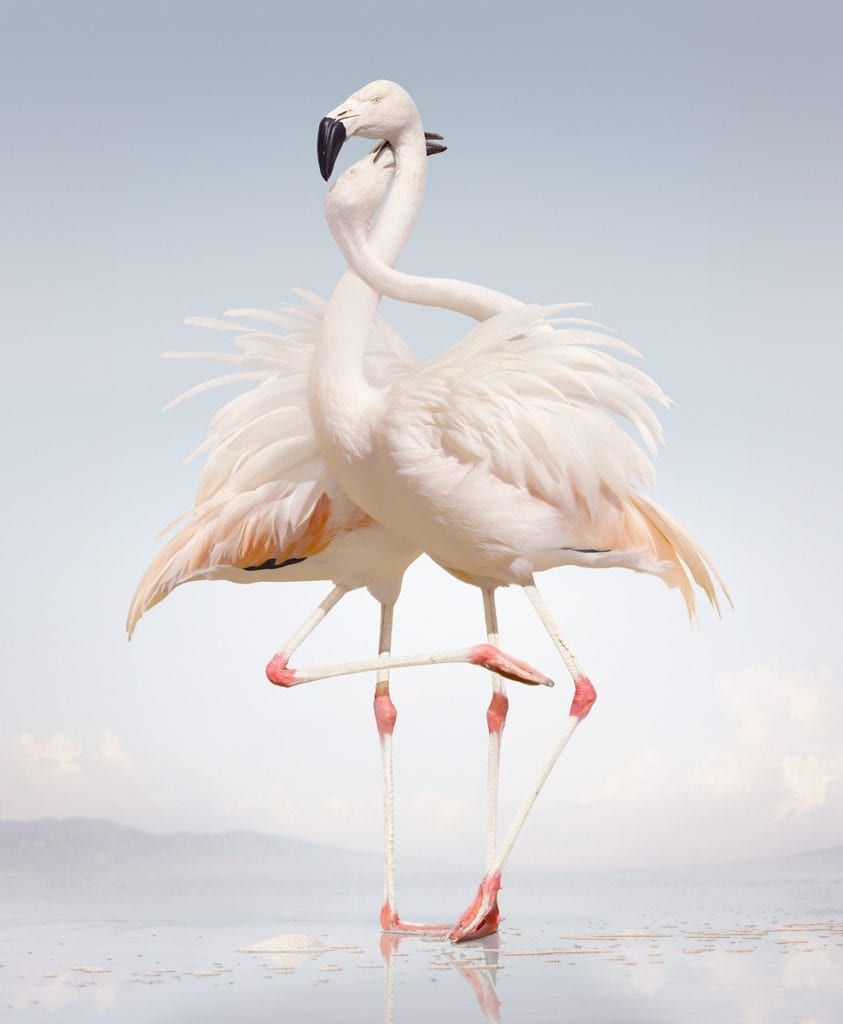
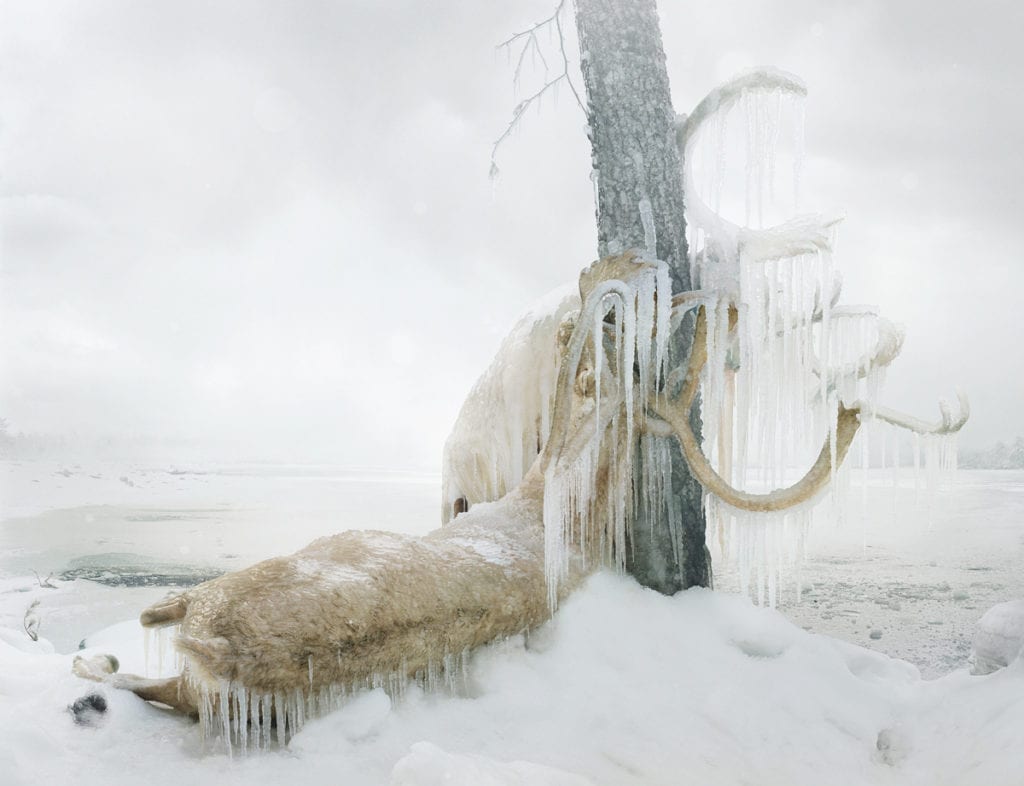
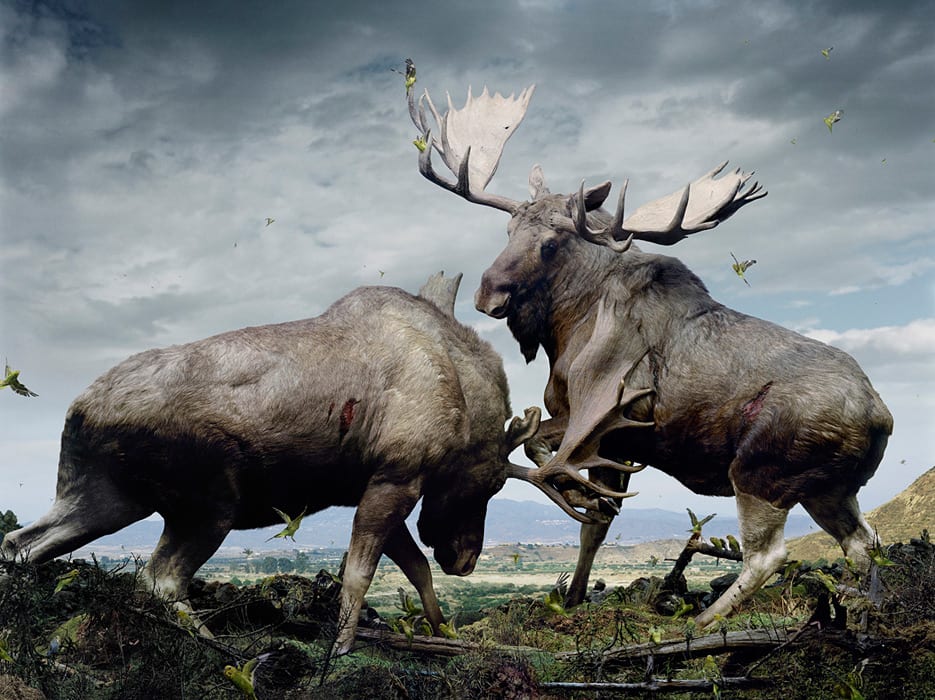
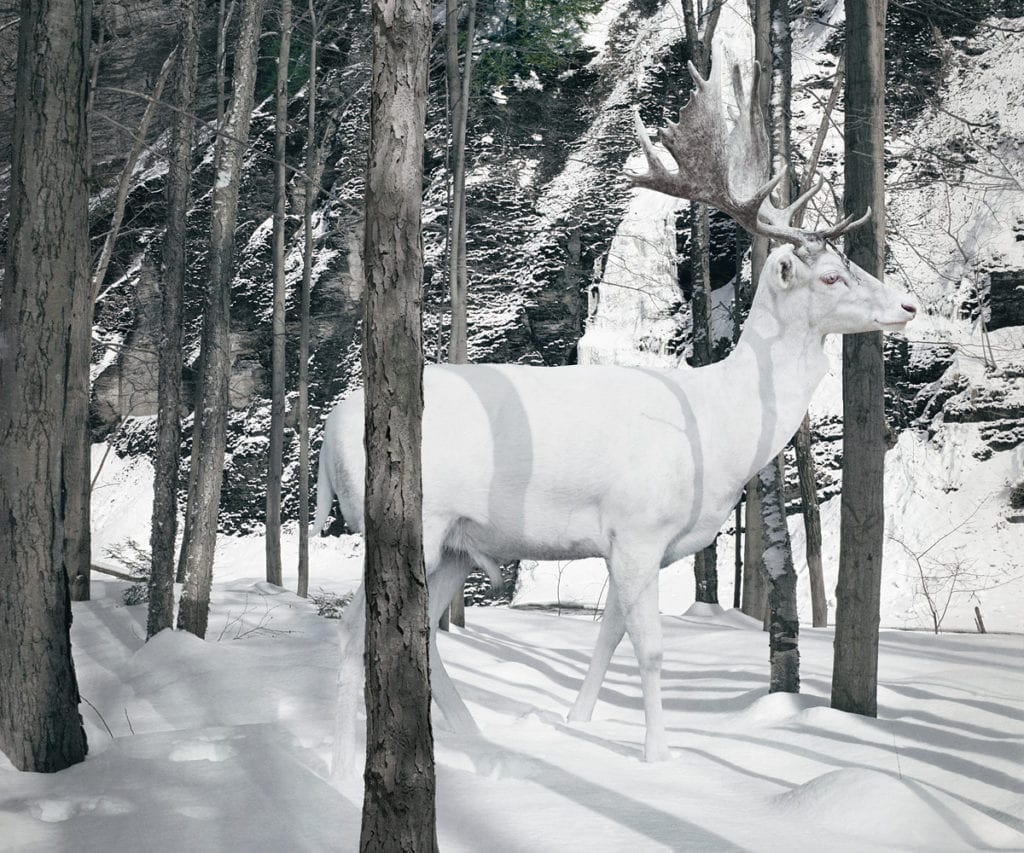
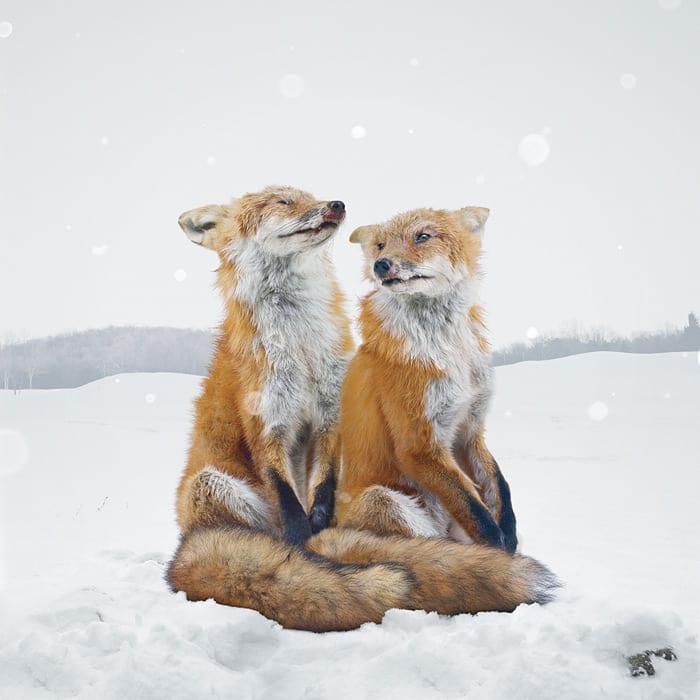
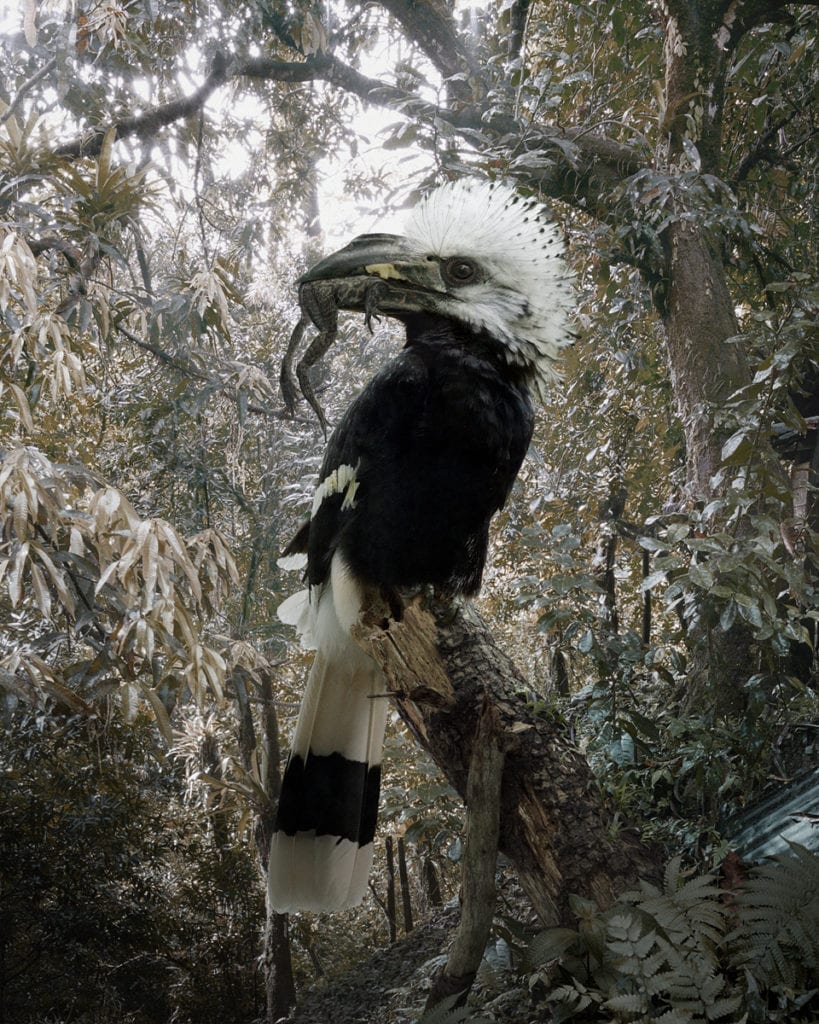

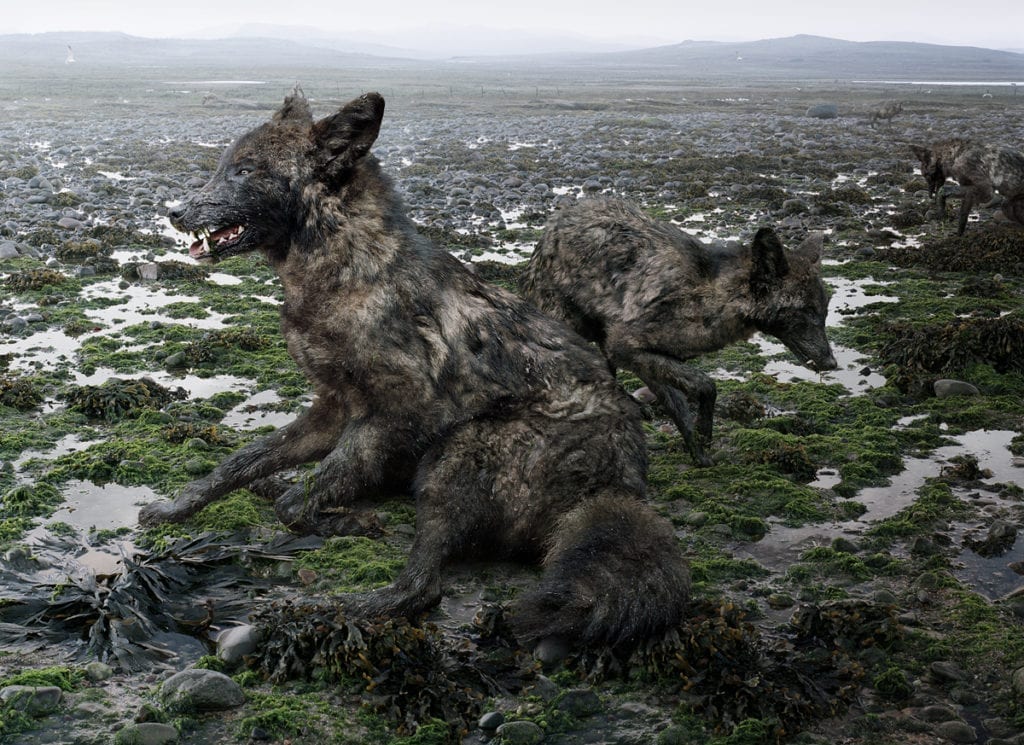
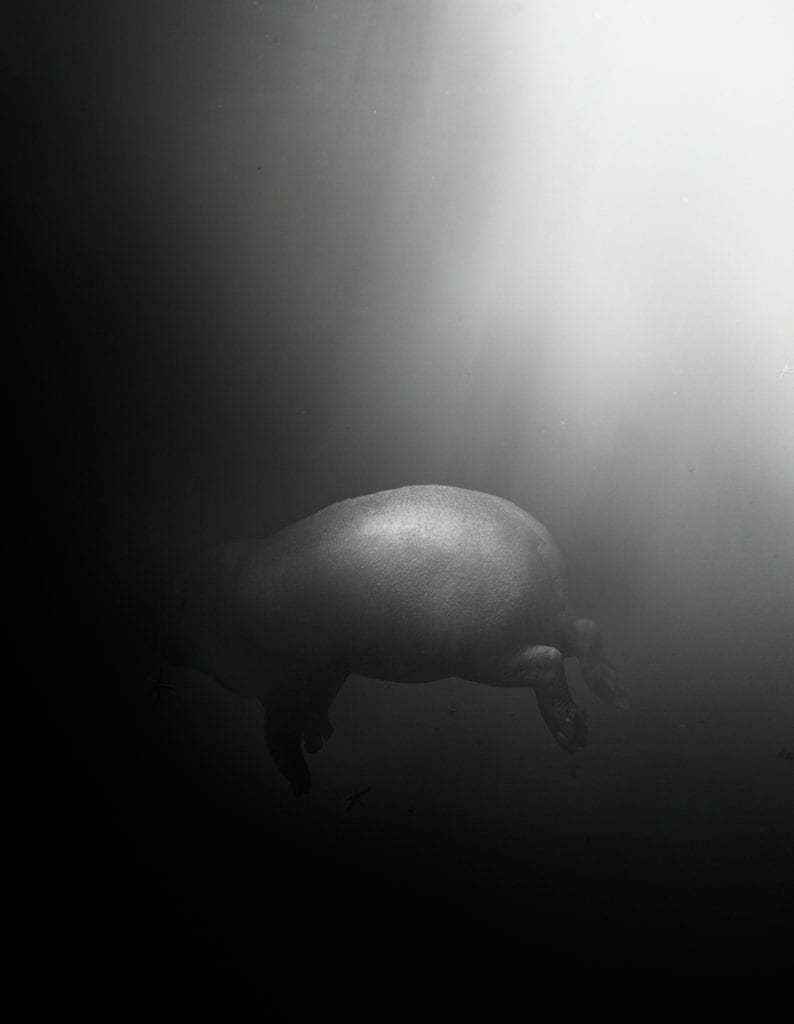
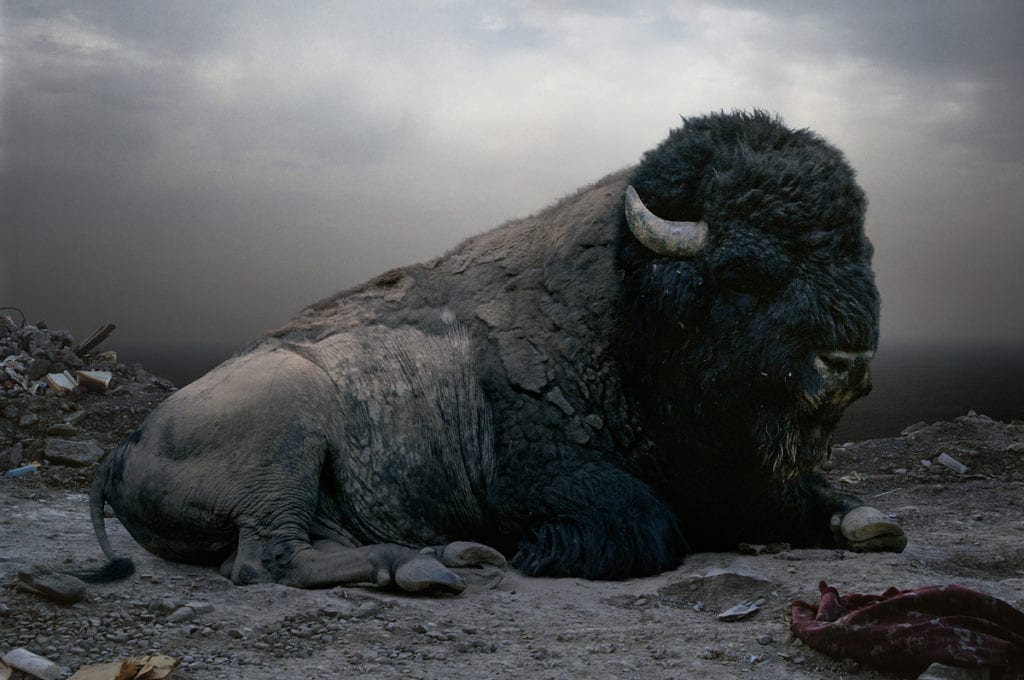
Sponsored by Adobe
Make your best shots even better with Adobe’s Creative Cloud Photography plan. With all the photography essentials, such as Lightroom and Photoshop
, you’ll have the world’s leading tools to help you craft incredible images every day, everywhere – whether you’re a beginner or a pro. Find Out More
.
